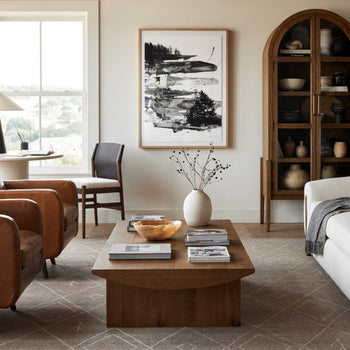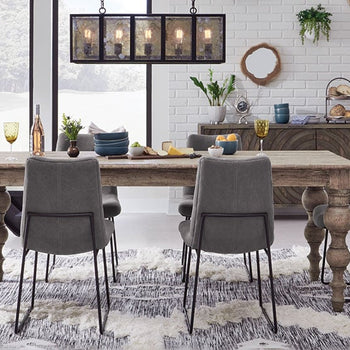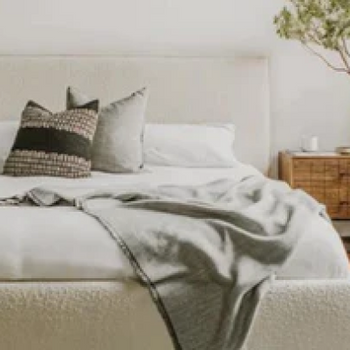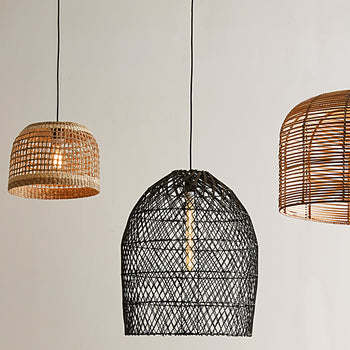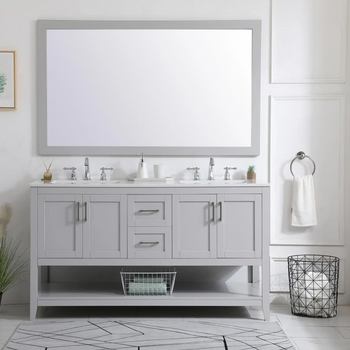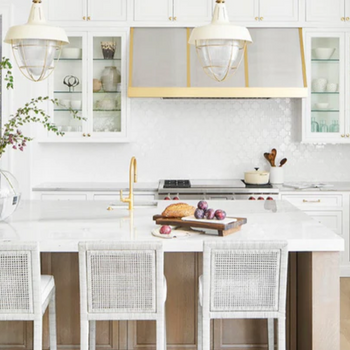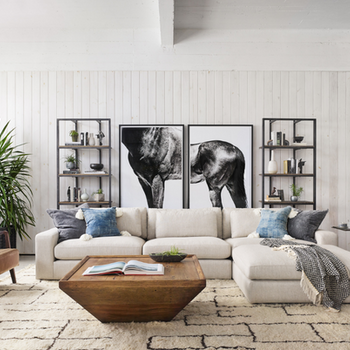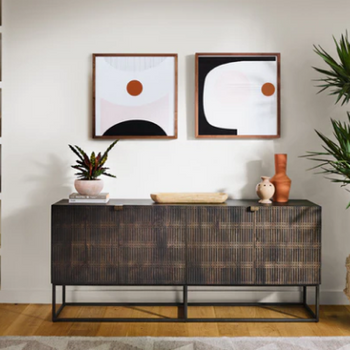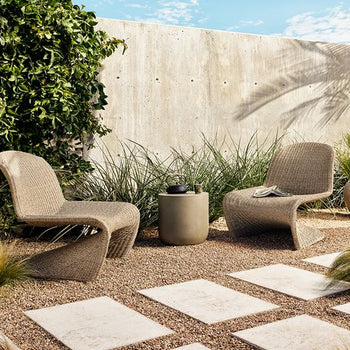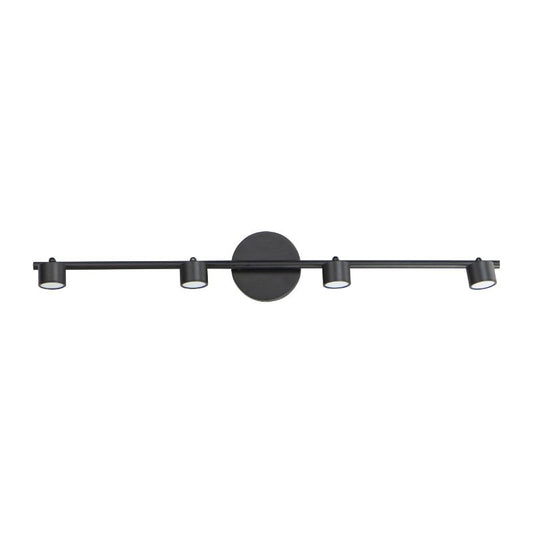
Taylor Four Light Pendants
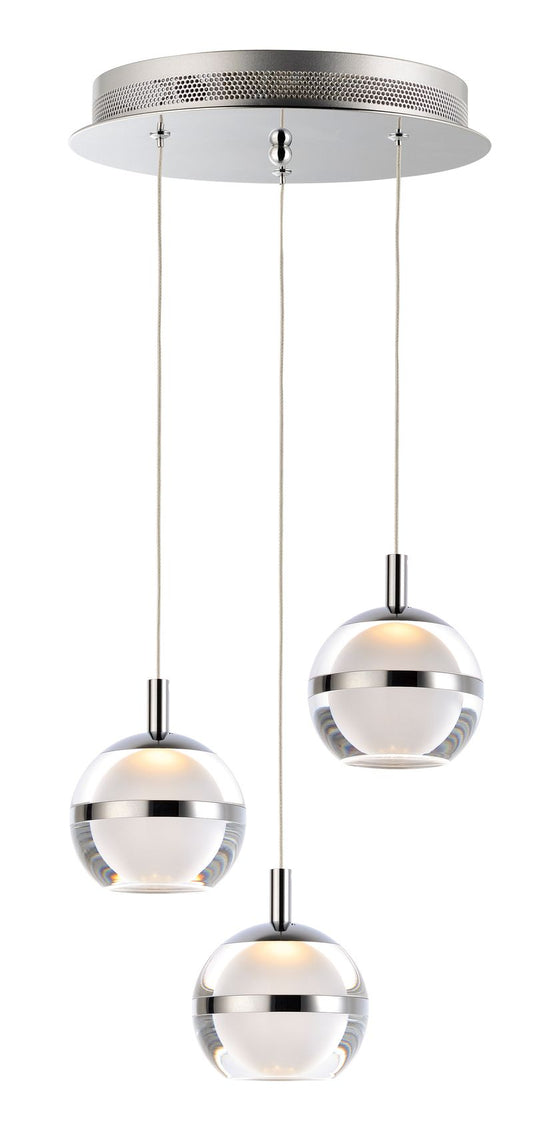
Swank 11.75" Multi-Light Pendant
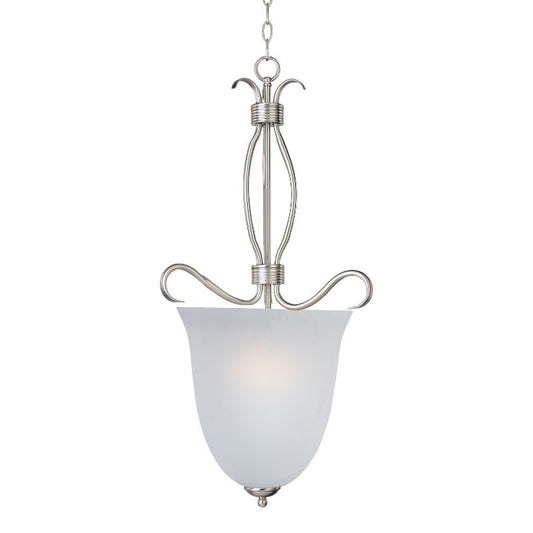
Basix Pendants
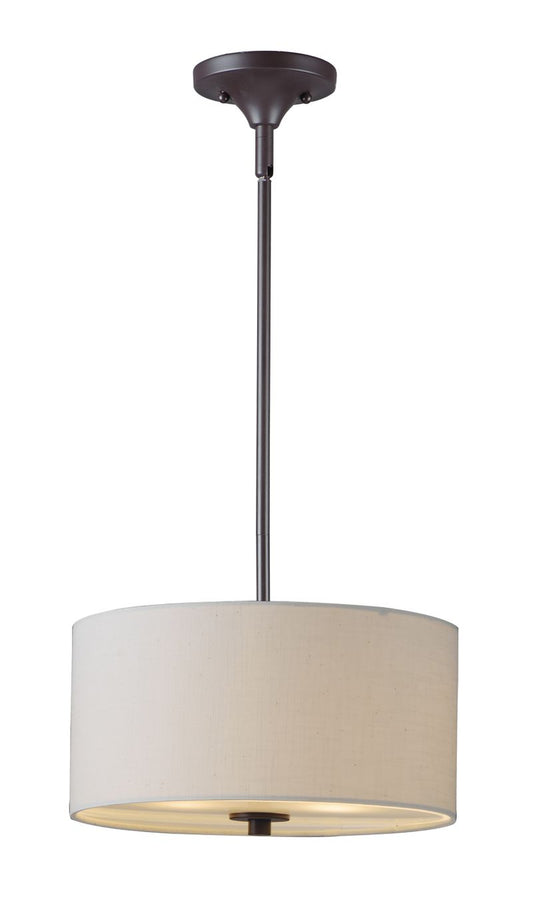
Bongo 13" Single Pendant Semi-Flush Mount
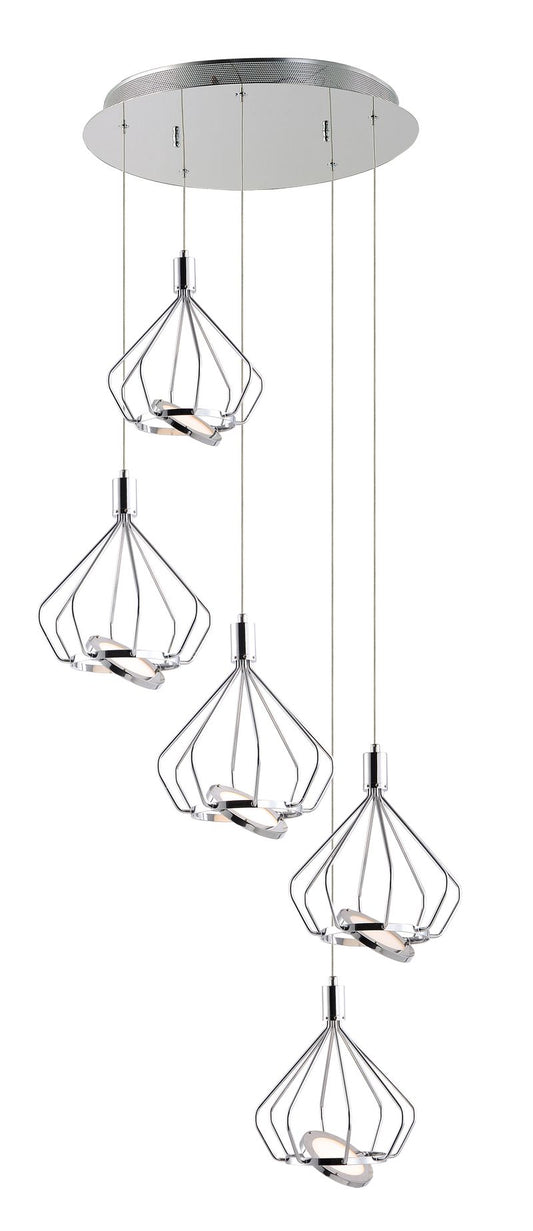
Tilt Single Pendant
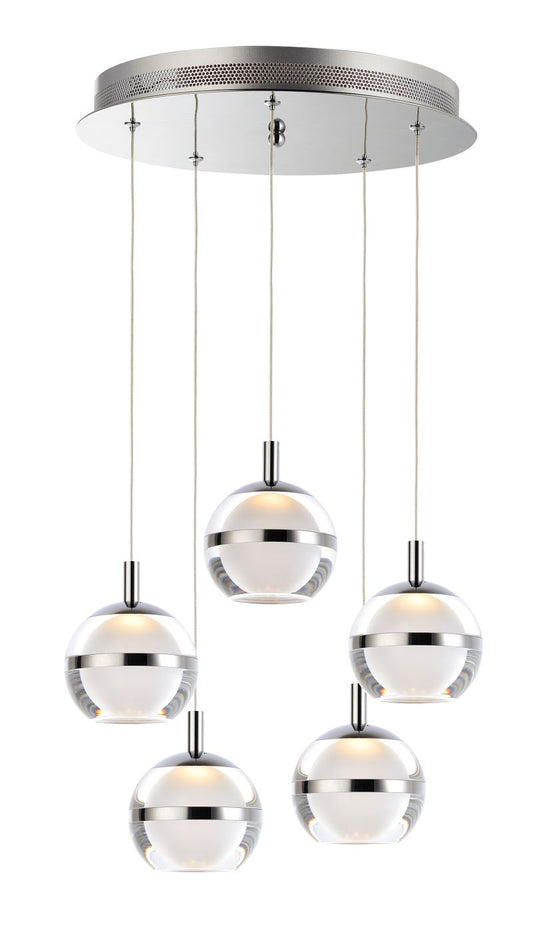
Swank 15" Multi-Light Pendant

Half Moon 7.75" Mini-Pendant
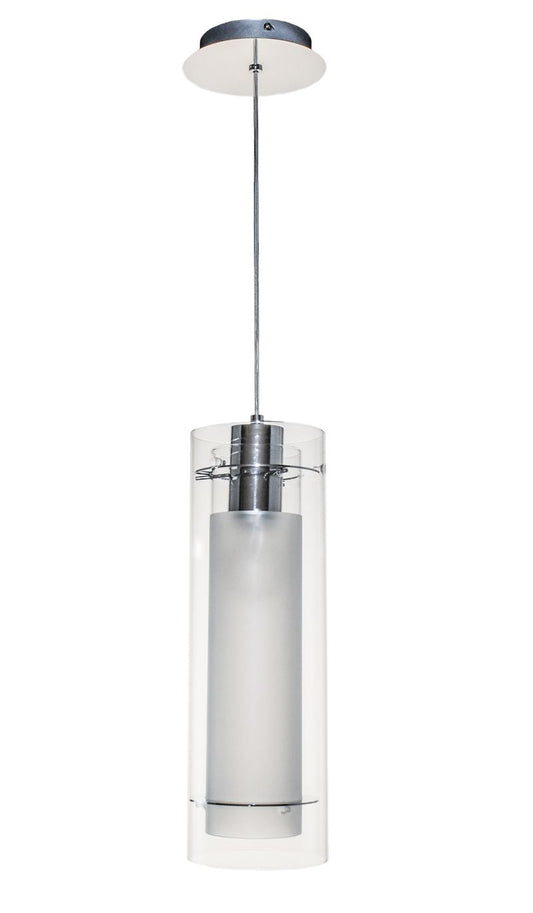
Frost Pendant
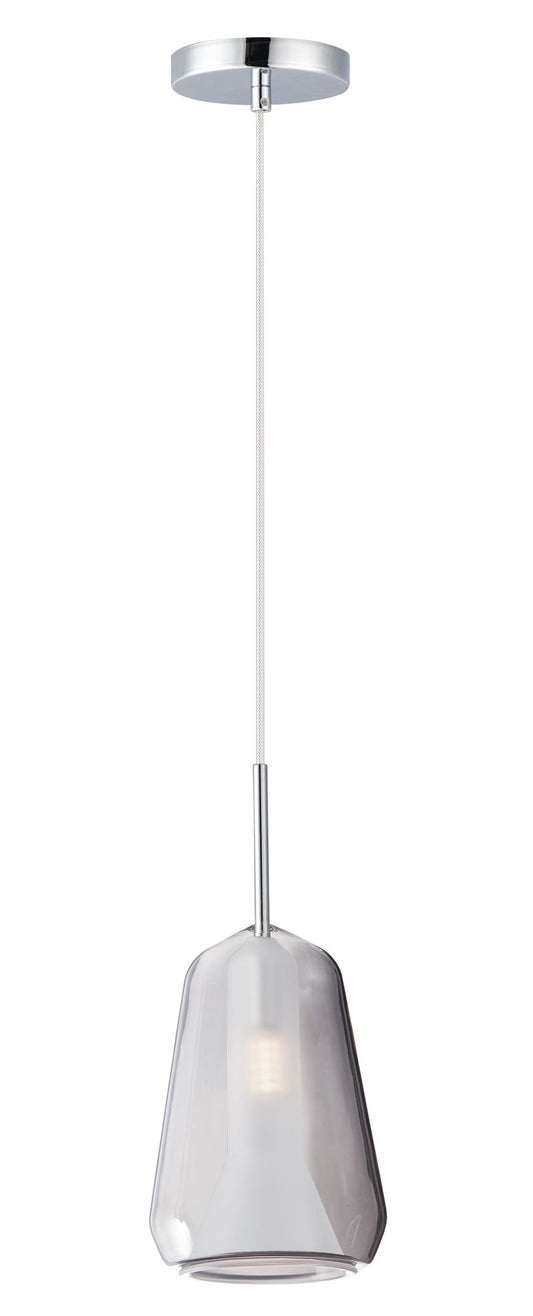
Deuce Single Pendant
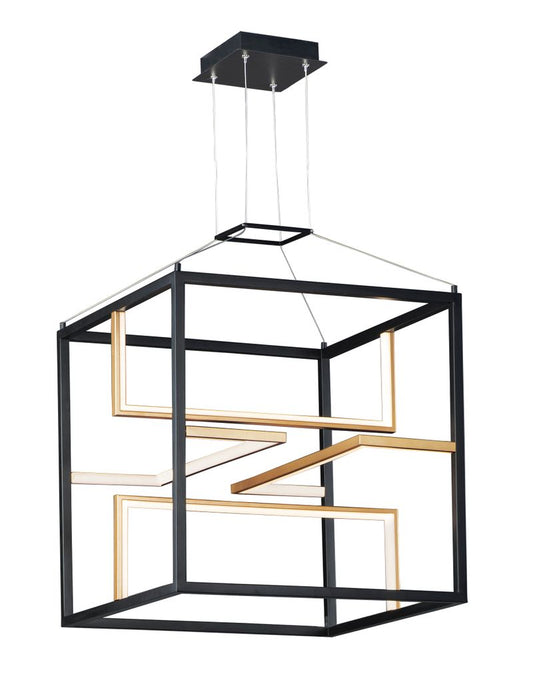
Chamber Single Pendant
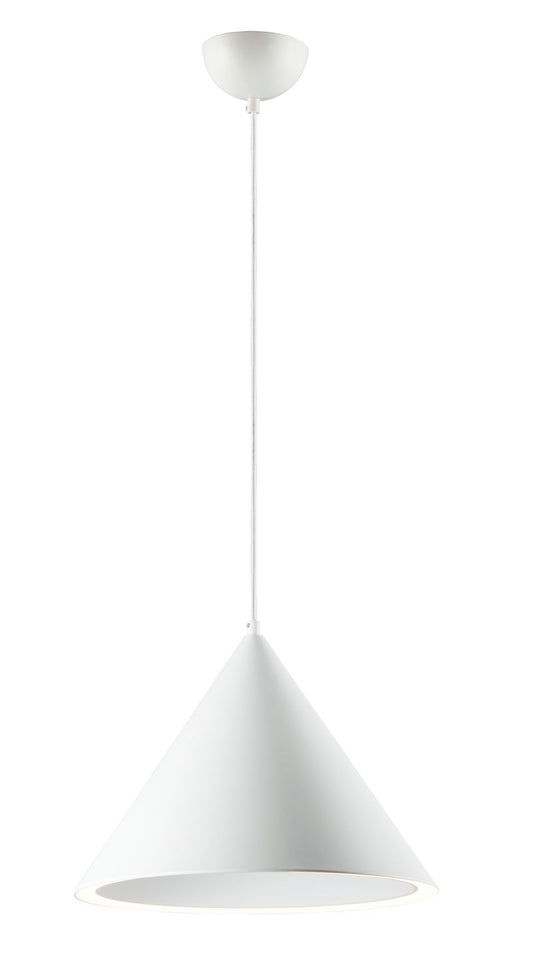
Abyss 15.75" Single Pendant
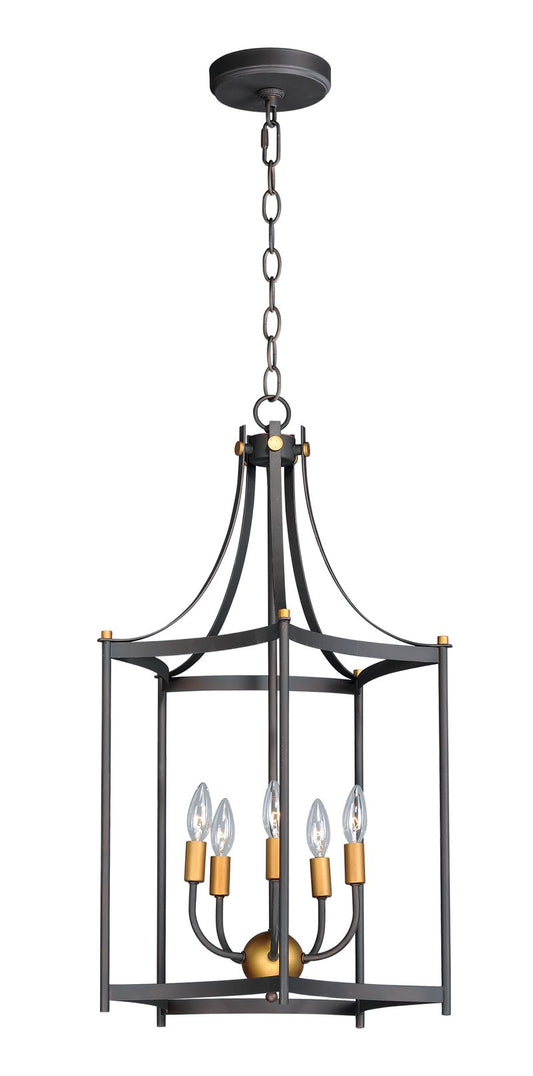
Wellington Entry Foyer Pendant
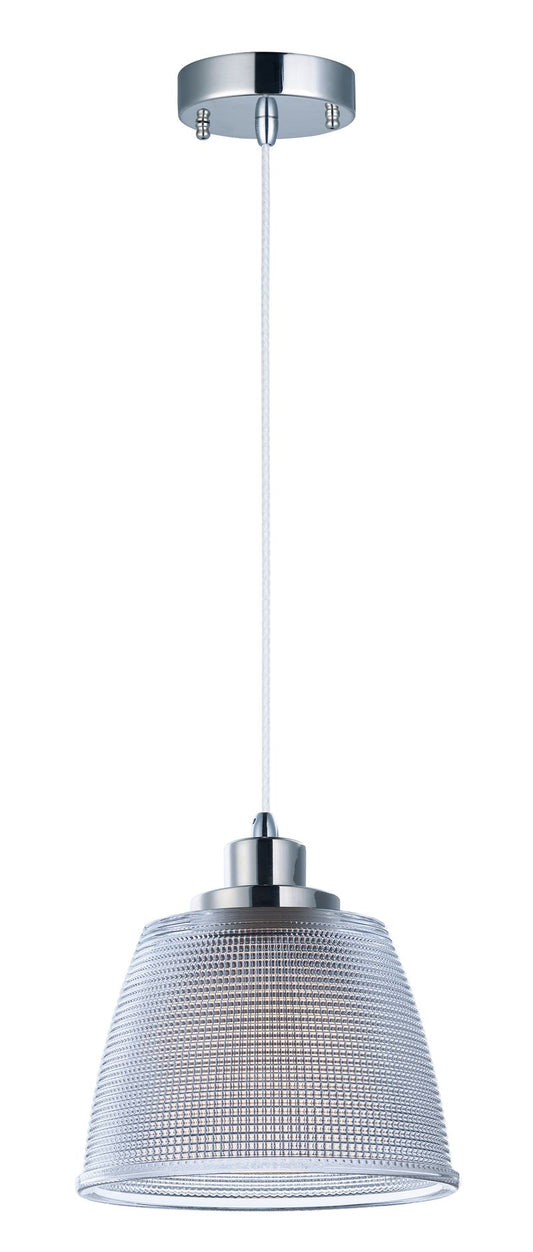
Retro Single Pendant
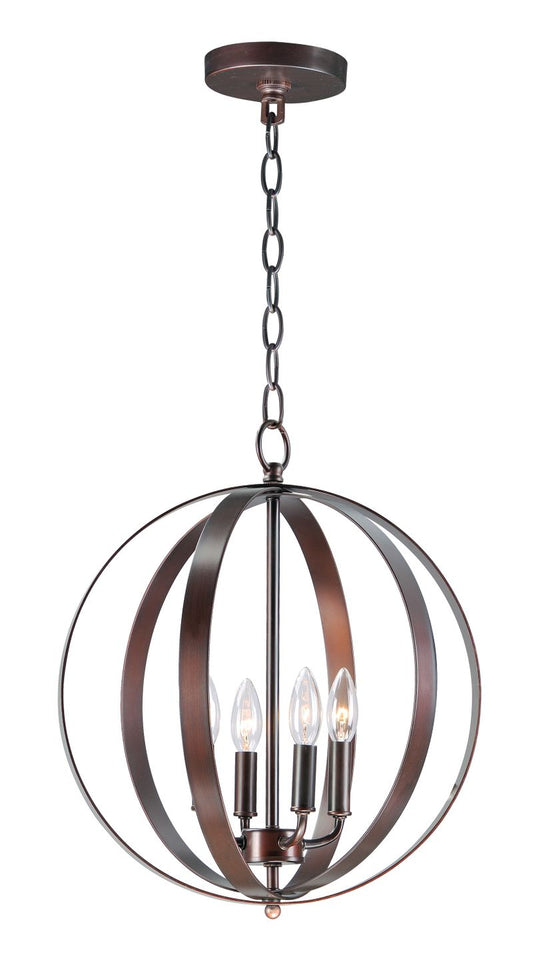
Provident 16" Single Pendant
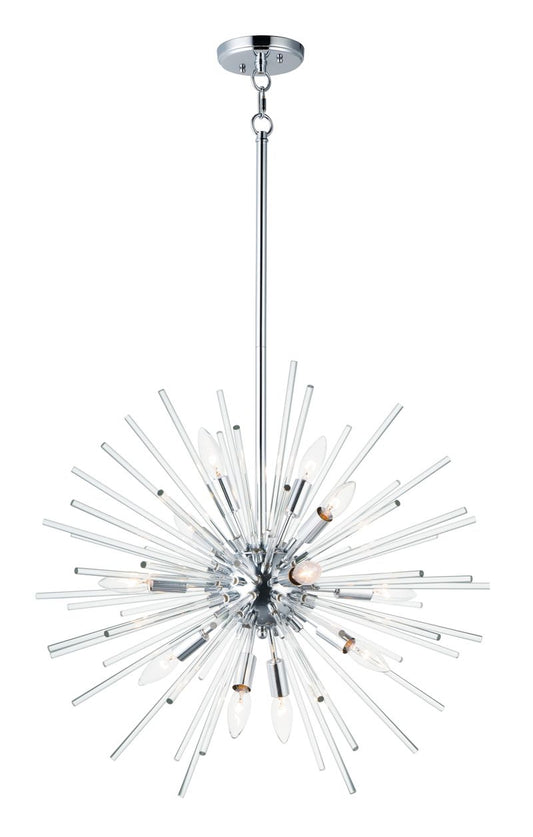
Polaris 12 Light Chandelier
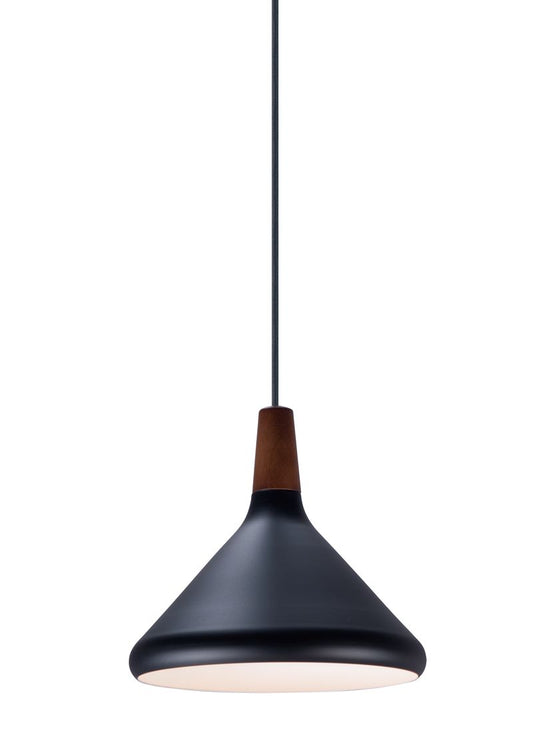
Nordic Single Pendant

Magnolia Pendant
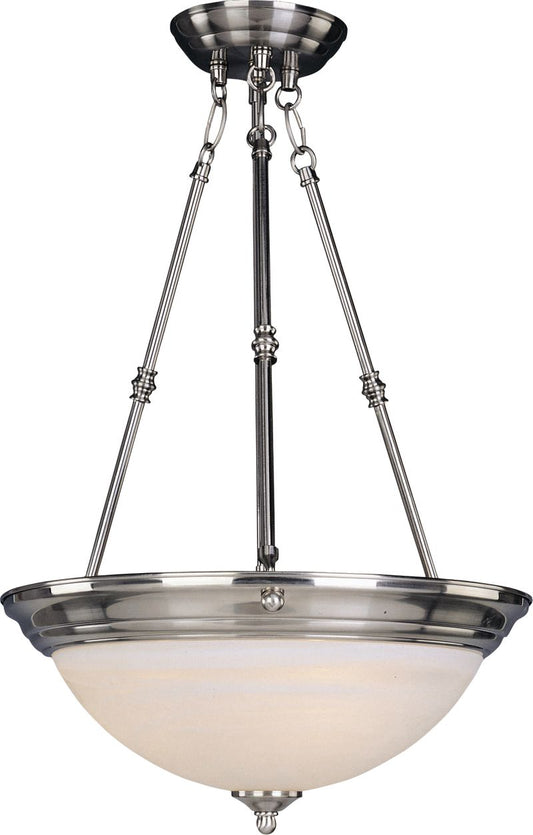
Essentials - 584x 15" Inverted Bowl Pendant
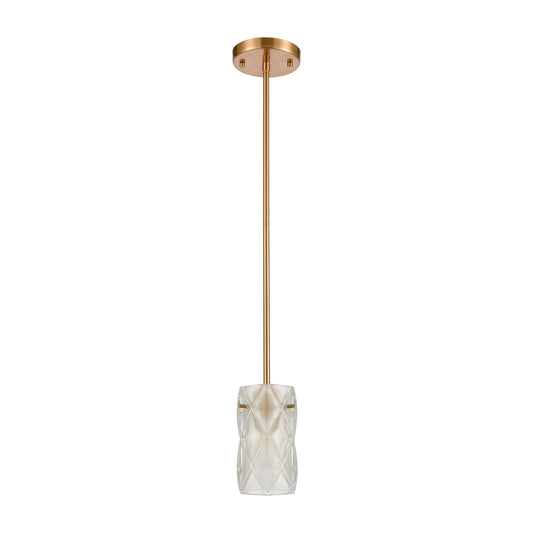
Jenning 4" 1 Light Mini Pendant in Satin Brass
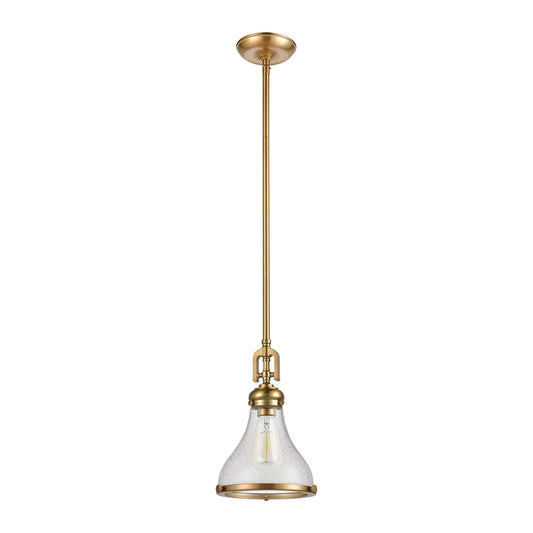
Rutherford 9" 1 Light Mini Pendant in Clear Seeded Glass & Satin Brass
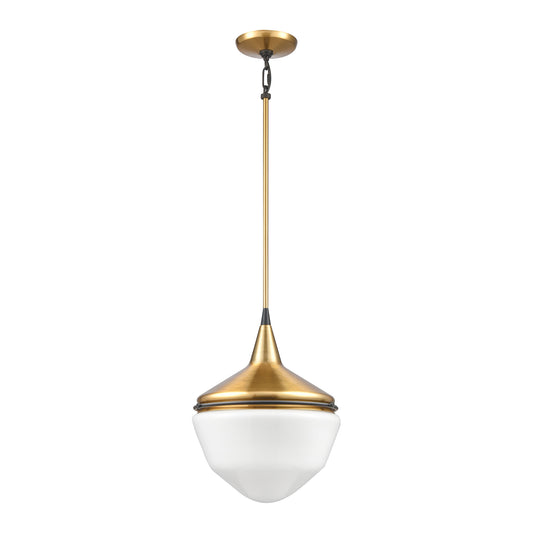
Mid-Century Schoolhouse 12" 1 Light Mini Pendant in Satin Brass
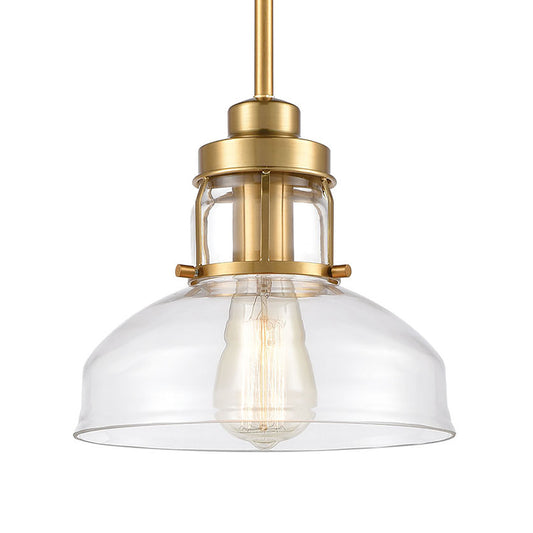
Manhattan Boutique 9" 1 Light Mini Pendant in Brushed Brass
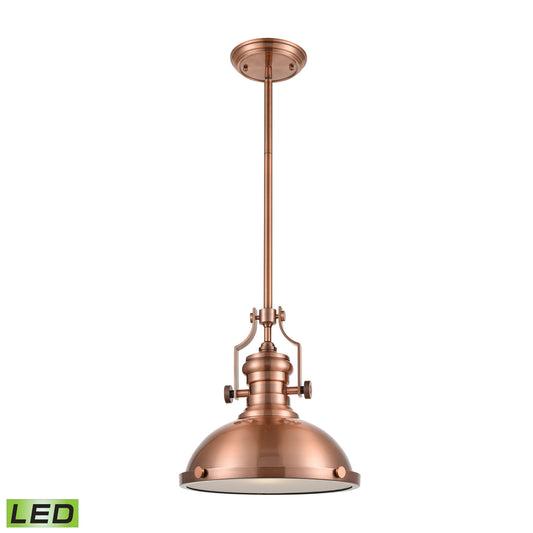
Chadwick 13" 1 Light LED Pendant in Antique Copper Metal Shade & Antique Copper
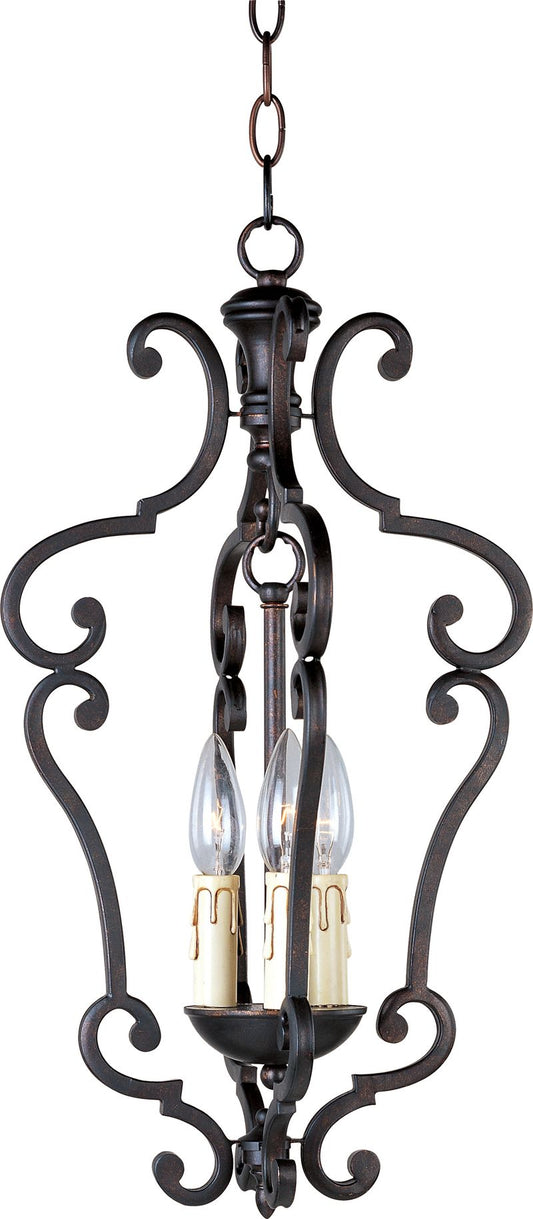
Richmond 11" 3 Light Entry Foyer Pendant in Colonial Umber
Choosing the Perfect Pendant Lighting for Your Home
Pendant lights are the jewelry of your home, hung in areas where you want the style of a light fixture to support an interior design while providing functional or ambient lighting. As such, they are most often installed over kitchen islands, dining tables, and entryway foyers.
Types of Pendant Styles
- Traditional
- Modern
- Contemporary
- Farmhouse
- Rustic
- Industrial
- LED
- Lantern
Choosing the right pendants for your home depends on what you want to achieve. Are you looking for task lighting, ambient lighting, accent lighting, or decorative lighting? Whatever you choose, we have the pendant lights to fit your home.
What is a Pendant Light?
Sometimes called drop lighting or suspended lighting, pendant lights hang from the ceiling from a chain, cord, or rod. And since they are generally small, pendants are typically installed in tandem with other pendant lights, unless it’s a linear pendant – a hanging light fixture with multiple lights spread out horizontally along a frame and often installed over billiard tables.
Pendant lights are mostly installed over kitchen islands, wet bars, foyers, and hallways with vaulted ceilings. And while some pendant lamps certainly provide mood lighting, most are designed to have functional coverage with a striking style – the light fixture is meant to support an interior’s design ethos, after all.
If a pendant light is not what you’re looking for, here are other ceiling lights to consider:
- Chandeliers: A hanging light, like a pendant, but with branching arms of lights, traditional chandeliers are typically larger than pendants, and installed by themselves in places where they become the focal point of a room. Often decorative and opulent, crystal chandeliers are a traditional type of chandelier you’d find in a ballroom.
- Flush Mounts: A ceiling light where the fixture is flush to the ceiling. Flush mounts often utilize dome-shaped shades and are installed in the middle of a room for functional lighting. A semi-flush mount is like a cross between a pendant and a flush mount. It hangs close to the ceiling from a short rod, but it usually has the same shapes as a flush mount, often utilizing drum shades. The short distance between the light fixture and the ceiling often creates interesting shadows on the ceiling.
- Recessed Lights: A ceiling light built into the ceiling. Recessed lights are all about functionality, which makes them popular, especially in homes with low ceilings. It’s popular to pair recessed lights with pendants to brighten a room.
- Ceiling Fans with Lights: Often placed in bedrooms or living rooms, this is a ceiling light attached to a fan. While fandeliers combine the austere style of a chandelier with a fan, most ceiling fans with lights are simple, yet functional.
Expanded: Pendant Light Styles
Most interior lighting design types have broad definitions. Some have roots in historical eras, such as modern, traditional, and farmhouse. Others are specific takes on broader styles, such as industrial style being a type of modern style. The relative ambiguity of interior lighting design provides room for you to express yourself and find the home within your house.
Modern Pendant Lighting
Reaching peak popularity in the 20th century, modern design is defined by a bias towards minimalism. And modern pendant lights are no different. The shape of the frame and shade is clean. It’s striking, but in a simple 1950’s sort of way – globe pendants, drum shades, clear glass shades, polished nickel fixtures, square metal frames, bold solid colors like white and black.
Modern pendant lamps aren’t decorative for the sake of being decorative. Rather, modern pendants prioritize functionality over form. But that doesn’t mean they aren’t stylish. There’s a reason why modern design is still very popular after nearly a century – it feels inviting and accessible, clean and elegant, hip and fun.
Contemporary Pendant Lighting
Often confused with modern style (because “modern” and “contemporary” have very similar meanings), a contemporary pendant light is what’s new in design trends right now. As such, contemporary pendant lights often differ a great deal from modern pendant lights, which refers to a specific era during the 20th century. If you want a futuristic hanging lamp or a polished chrome hanging light in line with current trends, then a contemporary design is what you’re looking for.
Current contemporary trends include asymmetrical designs, lights built with integrated LEDs, lots of clear glass, experimental glass textures (like bubbles), orb shapes, globes, and smart technology.
Farmhouse Pendant Lighting
The farmhouse style is a type of modern style, as it focuses on simple designs and minimalism. However, a farmhouse pendant light focuses more on warmth and coziness by using natural materials and textures like hand-blown glass, die-cast iron, weathered wood, polished nickel, brass, copper, or a combination of natural materials. And while farmhouse pendants are mostly modern in their design, they often include minor embellishments.
The most popular farmhouse pendant lamps feature a wood drum shade frame with steel parts, such as joists. And the light bulbs are typically Edison style bulbs with vintage shapes. Matte black and oil-rubbed bronze finishes are also popular with farmhouse pendants. When using a farmhouse light, use a bulb with a color temperature below 3000 kelvins to emphasize the warm and cozy atmosphere.
Rustic Pendant Lighting
A rustic style pendant relies on weathered materials to provide an antiqued look. Rustic is often paired with farmhouse to create a rustic farmhouse style, which uses the same modern minimalism and natural materials of a farmhouse style, but in an aged, lived-in motif with more antiques or second-hand décor.
However, rustic style isn’t just applied to modern farmhouse styles. You can apply the rustic ethos to other styles as well. For example, a rustic traditional style features the same decorative embellishments of traditional styles, but with a purposeful patina that adds to the antique look. For example, an antique copper pedant light in a Victorian lantern style, but with discoloration in the copper.
Industrial Pendant Lighting
Industrial style is a type of early modern style that focuses on the raw minimalism of simple, yet functional shapes. The style emphasizes the textures and colors of raw materials, often incorporating die-cast metals, unfinished wood, brass, copper, and antique glass.
As such, industrial pendant lighting fixtures often looks like it was pulled from an early 20th century textile factory. It’s simple, yet unrefined. Often, the fixture combines weathered wood with iron bars and braces, not unlike a rustic style. For example, the die-cast iron fixture is often pitted and worn with an Edison bulb. Sometimes the bulb is surrounded by a thin wire frame instead of a shade.
LED Pendant Lighting
LED pendant light isn’t a style, but a lighting fixture that uses integrated LED lights. Typically, these are common in contemporary mini-pendant lights, since it’s relatively new technology that’s much smaller than other bulbs. However, regardless of the style, choosing an LED pendant light has many advantages.
LED bulbs use far less energy than an incandescent or Xenon bulbs. As such, you pay less money on energy bills over the life of the bulb. And speaking of life, an LED bulb last many times longer than other bulbs. And since LEDs last longer and can be much smaller, contemporary designs have gotten more experimental, often using integrated LEDs because they know the light can last well over a decade.
Lantern Pendant Lighting
Sometimes referred to as hanging lanterns or hanging lamps, lantern pendant lighting draws its design from the basic shape of a traditional gas or candle lantern – a boxy shaped frame with glass shades and incandescent candelabra bulbs. While the classic lantern lamp pendant is firmly part of a traditional style, the lantern shape has its place in all types of styles, even contemporary and industrial, which have simplified the shape into its most basic proportions.
The popular lantern pendant style right now features a simple metal frame welded in the lantern shape around a core of lights hanging from a chain. The frame is taller than it is wide and often wider at the top than the bottom with the top frame angled towards a point where it meets the chain or rod. Most of these types of metal-frame lanterns fall within contemporary and modern styles. If it uses weathered wood in the frame, it’s an excellent fit into rustic or farmhouse style.
Choosing the Function
Pendant lights are meant to be seen, which is why finding a style you like is important. However, pendants need to be functional too. Here are the four types of functionality to consider before choosing a pendant light:
Task Lighting
These pendants are all about bright and clear illumination of the space below. If you use your kitchen island to cook and other tasks, look for pendants with the bulb aimed downwards. The best task-lighting pendants have closed frames with an open bottom, allowing the light to only light the surface below. As such, task lighting doesn’t light the room.
Incorporate a dimmer switch to adjust the brightness. You may not want the bright task lighting when you’re done cutting vegetables.
Ambient Lighting
Ambient pendant lights are meant to light up a room rather than a specific area. This makes them ideal for foyers, over dining tables, or hallways with tall ceilings. The frame is open, allowing the light to disperse in all directions. And the shade is often stylized to create a specific mood.
Ambient pendant lighting should never be harsh. Rather, you want to achieve a pleasant glow, relying on warm lights and shades that soften the light. Dimmers are also great for adjusting the glow to match your mood.
Accent Lighting
For accent lighting, you’re focused on highlighting specific items or areas in your home, such as a painting, a unique architectural point of focus, or a reading nook. While sconces, track lighting, and lamps are popular choices for accent lights, pendant lights work well for certain conditions, such as highlighting a countertop made of an exotic material, such as a charoite stone with iridescent streaks or wild agate countertops with fossils.
You want to make sure the light highlights the beauty of the material without being too harsh. As such, finding mini-pendant lights somewhere between task and ambient lighting is ideal – downward lighting, but with a soft glow.
Decorative Lighting
With decorative lighting, the pendant’s style is the focus. Think about it as being a functional art piece – You’re choosing the pendant fixtures based more on how it looks in the room, how it supports the room’s overall décor, how it catches the eye. The functionality of the light is still important, but it’s secondary.
Decorative lighting fixtures also incorporate interesting shadows, both on the ceiling and throughout the room. They typically rely on textured shades and up/down lighting.
FAQs About Pendant Lighting
What’s the right pendant light size?
There isn’t a right rule for choosing the right size pendant light fixtures, but most expert designers recommend breaking the area into fourths and finding an equal ratio by adding the length and width of the area and converting it to inches. This formula finds both the correct ratio for three pendant light fixtures but also accounts for the correct spacing. For example, for a 5-foot by 3-foot kitchen island, you’d have three pendant lights with an 8” diameter separated by 15” increments.
Where should I put a pendant light?
Pendant lights are most often placed above islands and bars. Foyers and hallways are also popular areas for pendants, especially with vaulted ceilings.
How to install a pendant light?
Installing a pendant light is relatively simple if the junction box is already in place. You only need a few tools – screwdriver, wire cutters, voltmeter, short ladder. If you’re installing the pendant in a new location, the process becomes far more complicated, as it involves cutting a hole in the ceiling and getting the electrical wires to the new location.
Any time you’re dealing with electricity, consider hiring a professional electrician. It may add costs to a project, but no pendant light is worth the shock you may receive if you don’t take safety precautions or the potential fire hazards if wiring isn’t done correctly.
That said, the basic steps of installing a new pendant in an old location are:
- Safety first: Turn off the power at the home’s main circuit box and cover the switch with tape to keep someone from accidentally turning the power back on while you’re working. Also, remove the shade and bulb from the pendant so that when you’re hanging the fixture, you minimize the risk of damaging anything, especially glass.
- Prepare the junction box: Once the old light is removed, there should be three wires – two for power and a ground. Using a voltmeter, make sure the power is off by touching it to the wires. If there isn’t a reading, you know it’s safe. Now you can remove any mounting brackets for the previous light.
- Attach Mounting Brackets: Using the screwdriver, mount the new mounting bracket and make sure it’s sturdy. The cord attaches to the mounting bracket.
- Adjust the Length: Before you hang the pendant, adjust the length of the chain or cord. With cords, you typically do this by pulling the cord through the ceiling plate until it reaches the desired length and tightening a screw to hold it in place. The addition cord will be tucked into the junction box.
- Attach the Wire: Twist the wires from the cord to the two wires, and cap them with wire nuts, ensuring there aren’t any excess wires spilling out of the wire nut. Screw the ground wire into the mounting bracket. Let the pendant hang to make sure it’s at the desired length.
- Attach the cover: Make sure the junction box is covered up by the pendant’s cover plate.
- Add Shades and Bulbs: With the fixture hang, add the shade and bulb.
- Turn on the Power: Turn the power back on and turn the light on to see how it looks.
How much light will a pendant provide?
The amount of light depends on the lumens of the bulb used in the lighting, the direction of the light, and the type of shade. If the shade is clear glass and open, you can expect a wide coverage in all areas. But many pendants are designed to aim the light down with enough coverage to provide great visibility below, but not enough light to illuminate an entire room.
How far apart should you place pendant lights?
The general recommendation is to place pendant lights 30” apart. This is enough space to keep the pendants away from each other while being close enough for the light coverage to overlap. However, the exact spacing is not as important as uniform spacing. Make sure the spacing is equal from pendant to pendant.
Can you replace recessed lighting with pendant lighting?
Yes! With recessed lighting, the junction box is already in place. You simply need to make sure your pendant’s ceiling plate covers the hole and make sure the pendant comes with a mounting bracket. If it doesn’t, you can purchase a conversion kit, which usually costs about $15 to $20 for a mounting bracket and trim pieces.
What is the difference between a chandelier and pendant?
Chandelier and pendants are both light fixtures that hang from the ceiling and both can be extremely stylistic and ambient. And while some styles of pendants blur the line between pendant and chandelier, to the point where some large pendants are described as “chandelier pendants” and some mini-chandeliers are called “pendant chandeliers,” the difference lies primarily in the size and purpose.
Pendant light fixtures are usually smaller and used in both functional and stylistic installations while chandeliers are generally wider, taller, and the focal point of a room. Chandeliers also rely on a branch system that moves out from a center and holds the primary lights towards the edge. On the other hands, pendants display the light in more types of ways, though it’s most often downward lighting.
What are pendant lights used for?
Pendant lights are often used to light a bar area or a kitchen island. As such, the lighting fixtures are usually downward so that it clearly illuminates the countertop below. However, pendants are also used in foyers and hallways and can be omnidirectional lighting.
How do you choose the right size pendant light?
Start by considering the area you want to illuminate and the room you’re placing the pendant fixtures in. If you’re lighting a kitchen island, you want pendant lights with enough coverage for the entire island. This could be many small pendants or a few large pendants.
How do you adjust a pendant light?
Most pendant lights hang from cords. To adjust the length, you need to get a stepladder and loosen a screw on the ceiling plate. This should allow the cord to move. If there is excess cord in the junction box, loosening the screw lets the pendant drop, so it’s important you hold on to the cord. If you want to make it shorter, you simply need to push the cord into the junction box until you reach the desired length, then tighten the screw.
Do Your Pendants Hang Low? Choose the Best Pendant Lights at Vevano
Finding the right hanging pendant lights for your kitchen island, dining tables, or foyer doesn’t need to be an overwhelming experience. Whether you’re looking for modern style task lights or contemporary ambient lighting, we have the best pendant light brands at Vevano.
If you want personalized help from an expert designer, check out our design service or call us at 855.483.2629. Do you have a question about pendants or other ceiling lights? Email us at design@vevano.com. We’d love to hear from you!

